Research Progress and Review of the Cloud Messenger
DOI: 10.23977/jsoce.2025.070407 | Downloads: 9 | Views: 393
Author(s)
Tshe-brtan 1, Tsering Gyang'dzoms 2
Affiliation(s)
1 Southwest Minzu University, Chengdu, Sichuan, 610041, China
2 Sichuan Minzu College, Kangding, Ganzi, 626001, China
Corresponding Author
Tshe-brtanABSTRACT
In an era characterised by increasingly frequent global cultural exchanges and growing concern over ecological crises, the cross-cultural interpretation of classical literary works and the exploration of their contemporary relevance have emerged as significant directions in academic research. Kalidasa's Cloud Messenger is widely regarded as a seminal work in the realm of classical Sanskrit literature in India. This poem represents the pinnacle of Indian epic lyric poetry and is also imbued with rich cultural significance and ecological wisdom. To date, the academic research on The Cloud Messenger has been disseminated across a variety of disciplines, encompassing domains such as literature, culture, and translation. However, the work is not without its flaws; it still suffers from fragmentation and insufficient depth in certain areas. For instance, there remains room for improvement in systematically interpreting ecological concepts and comprehensively comparing different translations. Conducting a literature review on Yunshi has the potential to advance the refinement of classical literary studies theory in several ways. Firstly, it traces the evolution of research in this area, integrating fragmented scholarly perspectives to construct a more systematic research framework. Conversely, exploring its ecological concepts and cultural values can offer valuable insights for contemporary ecological literary creation and cross-cultural communication practices, holding significant theoretical and practical value.
KEYWORDS
The Cloud Messenger; Kalidasa; Ecological ConceptCITE THIS PAPER
Tshe-brtan, Tsering Gyang'dzoms, Research Progress and Review of the Cloud Messenger. Journal of Sociology and Ethnology (2025) Vol. 7: 60-64. DOI: http://dx.doi.org/10.23977/jsoce.2025.070407.
REFERENCES
[1] Hultzsch, E. (1912). Supplementary Notes on the Meghadūta. Journal of the Royal Asiatic Society.
[2] Ingalls, D. H. H. (1976). Kālidāsa and the Attitudes of the Golden Age. Journal of the American Oriental Society, 96(1), 15. https://doi.org/10.2307/599886
[3] Pollock, S., & Nathan, L. (1978). The Transport of Love: The Meghadūta of Kālidāsa. Journal of the American Oriental Society, 98(4), 562. https://doi.org/10.2307/599807
[4] Velankar, H. D. (1965). A New Translation of Kālidāsa's Meghadūta. Journal of the American Oriental Society, 85(1), 109.
[5] Ji Xianlin and Liu Anwu, eds. Ancient Indian Poetry Anthology [M]. Guilin: Lijiang Publishing House, 1987.
[6] Liu Anwu. "The Cloud Messenger" and "The Song of Everlasting Sorrow" [J]. Foreign Literature, 2001(03):106-113.
[7] Dai Shaomin. "The Cloud Messenger" and "Li Sao" [J]. Journal of Datong Vocational and Technical College, 2001(02):42-44.
| Downloads: | 39598 |
|---|---|
| Visits: | 1380654 |
Sponsors, Associates, and Links
-
Journal of Language Testing & Assessment
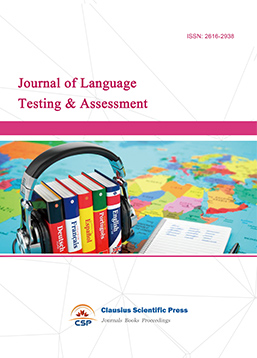
-
Information and Knowledge Management
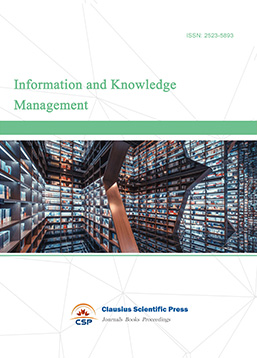
-
Military and Armament Science
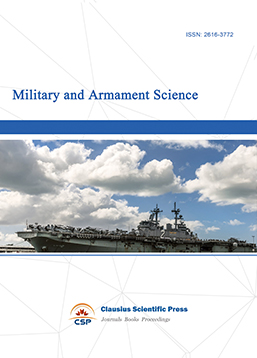
-
Media and Communication Research
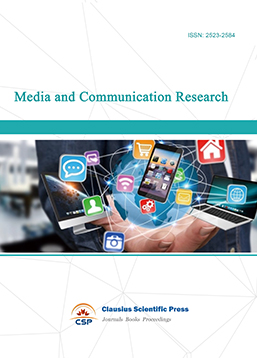
-
Journal of Human Movement Science
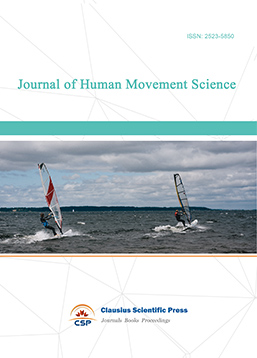
-
Art and Performance Letters
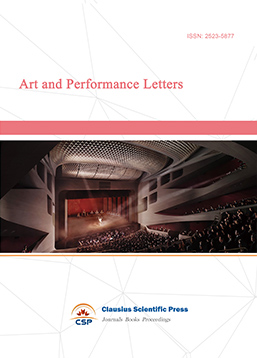
-
Lecture Notes on History
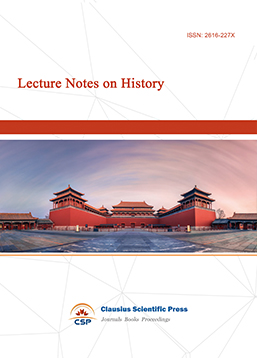
-
Lecture Notes on Language and Literature
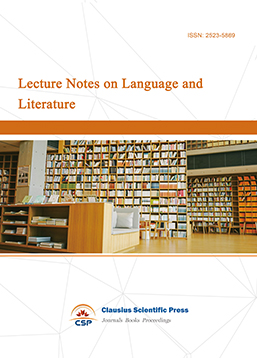
-
Philosophy Journal
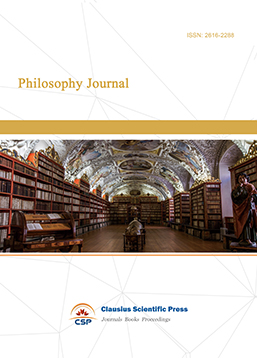
-
Science of Law Journal
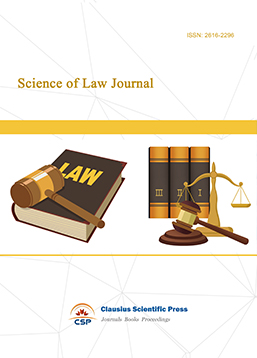
-
Journal of Political Science Research
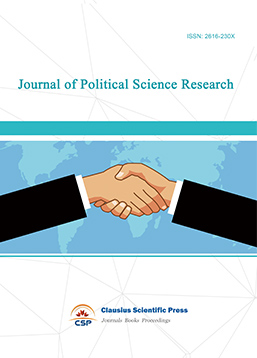
-
Advances in Broadcasting
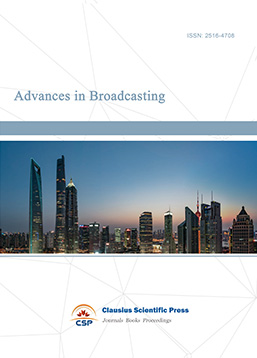

 Download as PDF
Download as PDF